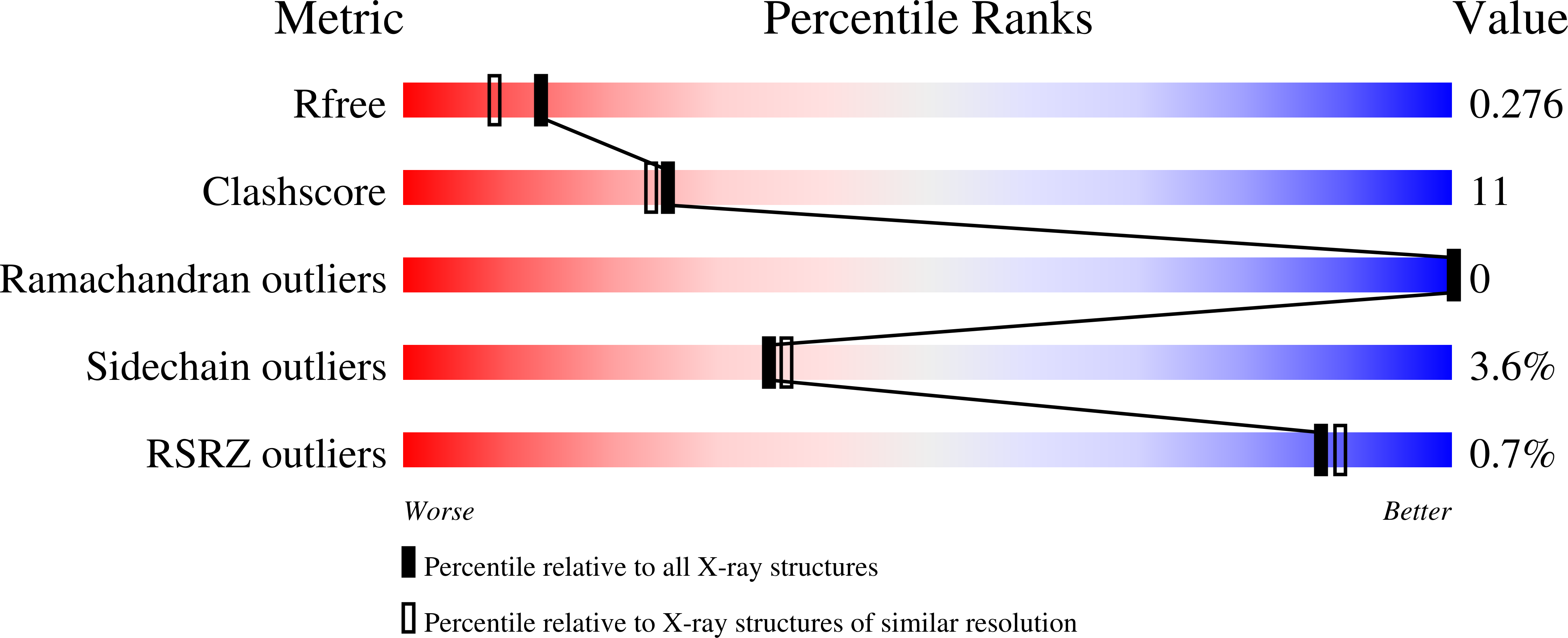
Deposition Date
2023-02-07
Release Date
2023-07-05
Last Version Date
2024-11-13
Entry Detail
PDB ID:
8CH4
Keywords:
Title:
Crystal structure of the ring cleaving dioxygenase 5-nitrosalicylate 1,2-dioxygenase from Bradyrhizobium sp.
Biological Source:
Source Organism:
Bradyrhizobium sp. JS329 (Taxon ID: 722413)
Host Organism:
Method Details:
Experimental Method:
Resolution:
2.10 Å
R-Value Free:
0.27
R-Value Work:
0.21
R-Value Observed:
0.21
Space Group:
P 1 21 1


